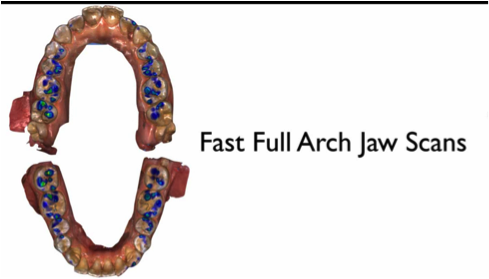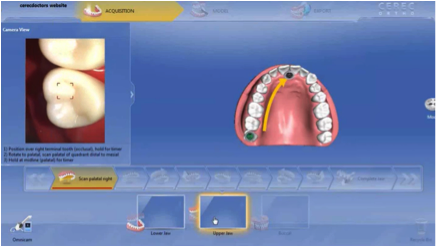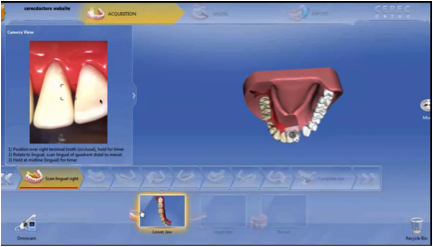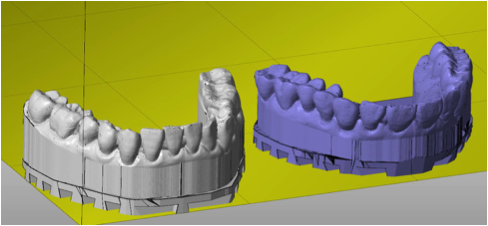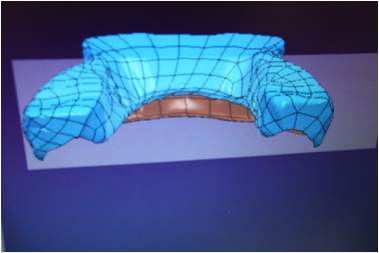Digital Occlusion? Does it Get Any Better?!?!
Remember when intra-oral cameras were introduced? It was so much fun to capture cracks, open margins, and wear facets so that our patients could see what we were seeing. How about the early days of CEREC? You know, when Sam and Flem were just kids….way back. We used a wand similar to the intra-oral camera, but it actually transported the tooth into the computer!! Star Wars and Star Trek became reality. That was cool. Think about all of the steps, materials, smells, and tastes that we, and our patients, were spared. We designed and fabricated a restoration digitally, without impressing, pouring, pindexing, cutting, trimming, waxing, investing, or casting. You do this with some regularity now, so you get it. It’s “old-school” for you now.
If we look at the process of designing and fabricating an occlusal orthotic appliance, there are similarities, with respect to multiple steps, tastes, smells, and mess……..that we would love to avoid. Can we replace alginate impressions, a silicone centric record, mounting stone, articulators, and mixing acrylic? And have an appliance that fits predictably well, without tight areas on the dentition or rocking? And with the occlusion designed in a fully-seated condylar position? And with smooth, shallow excursive movements? With minimal adjustments needed? The dots and stripes in the right place? Too good to be true, right?
Recently, using CEREC Ortho, I easily scanned both arches in a systematic and predictable way, capturing both arches with great detail. That might not seem so exciting to you but it was for me! What was even more exciting was accurately and predictably capturing the first point of contact in a fully-seated condylar position, using a leaf gauge. After digitally mounting the two arches together with the record, which was easily taken with a buccal bite, I almost screamed out with joy when the first point of contact matched the one I had identified just moments before.
What now? The file was exported to Great Lakes Orthodontics, where they can digitally design an appliance to my exact specifications. Upper or lower. Universal or Tanner. Steep or shallow. Group function or cuspid rise.
The appliance will then be milled out of dense acrylic placed over a 1.5 mm layer of Biocryl and a layer of Isofolan for a fit that snaps in without rocking, but is not so tight to cause orthodontic-like discomfort.
The process continues to evolve, as we move more and more into the completely digital world of dentistry. Now, as we continue to integrate accurate occlusal principles, we can use any number of appropriate appliances to help us diagnose muscle, joint, and occlusal conditions. Even better, we can more easily and predictably help our patients achieve tooth protection, muscle and joint relief, and even apnea appliances. I’m super excited to continue the process and hopeful that more of us will do the same.
Dr. Kwiecien is a member of the Spear resident faculty and serves as director of Spear Digital Suite, responsible for creating and overseeing digital clinical content. He is also a member of the Spear faculty practice.
To learn more, visit https://www.cerecdoctors.com/seminars or
https://www.cerecdoctors.com/digital-learning/browse/category/379



